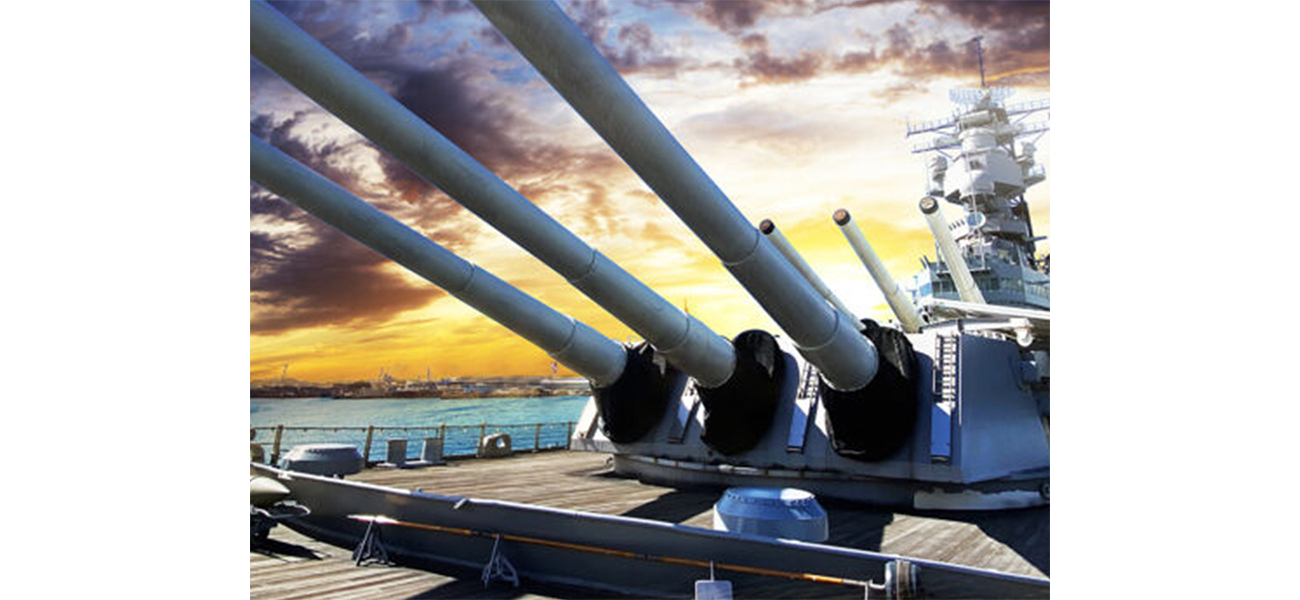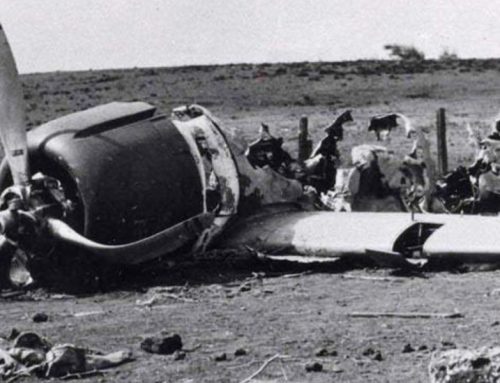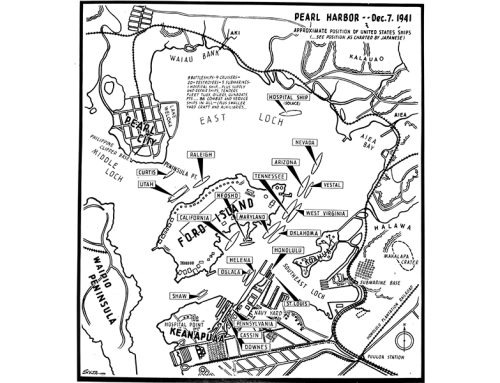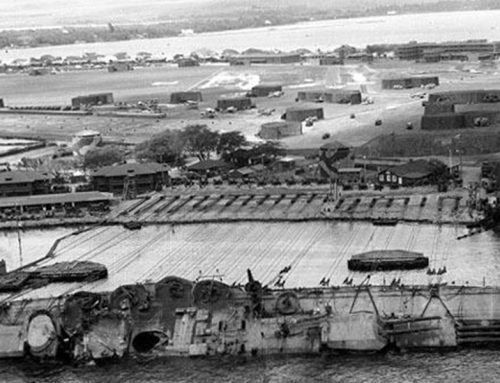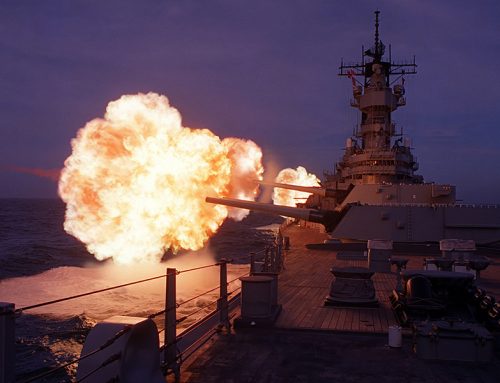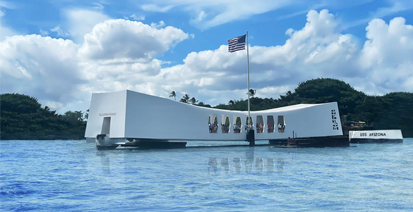Introduction
World War II, one of the most significant conflicts in history, came to a dramatic close on September 2, 1945, in Tokyo Bay. The stage for this historic moment was the deck of the USS Missouri, a battleship whose mighty guns had rumbled across the Pacific. In this blog post, we delve into the pivotal role the USS Missouri played in the concluding chapters of World War II.
The Birth of the USS Missouri Battleship
The USS Missouri, a shining example of American naval engineering, was commissioned on June 11, 1944. A part of the formidable Iowa-class battleships. She was a symbol of power and precision. Her arrival in the Pacific Theater marked a turning point in the war effort.
Firepower in the Pacific
The USS Missouri Battleship was present during critical battles in the Pacific, providing unparalleled firepower during the invasions of Iwo Jima and Okinawa. Her massive 16-inch guns pounded Japanese positions, helping Allied forces gain a foothold on these strategically vital islands.
The Surrender on the Missouri Battleship
The most iconic moment in the USS Missouri’s history occurred on September 2, 1945. General Douglas MacArthur, a towering figure in American military history, stood on the deck of the battleship to preside over the formal surrender of Japan. The Japanese delegation, led by Foreign Minister Mamoru Shigemitsu, signed the Instrument of Surrender, effectively bringing World War II to an end. The USS Missouri had served as the stage for a momentous event that would resonate throughout history.
The Aftermath
Following the war, the USS Missouri Battleship was not retired like many of her contemporaries. Instead, she continued her service, participating in Operation Crossroads, a series of nuclear tests in the Marshall Islands, to understand the effects of atomic weapons on naval vessels.
Decommissioning and a New Role
The USS Missouri was decommissioned and reactivated multiple times, serving in the Korean War, the Gulf War, and in other capacities. However, she was decommissioned for the final time in 1992 and found a new life as a museum ship in Pearl Harbor, Hawaii, where she remains today as the USS Missouri Memorial.
The USS Missouri Battleship, also known as the “Mighty Mo,” is permanently berthed in Pearl Harbor, Hawaii. The Hawaiian Islands are an archipelago in the central Pacific Ocean and consists of a total of 137 islands, although the term Hawaiian Islands typically refers to the “main islands.” The Hawaiian Islands are made up of eight main islands (i.e, Niihau, Kauai, Oahu, Molokai, Lanai, Maui, Kahoolawe, Hawaii). The Missouri Battleship serves as a museum ship and a popular tourist attraction at Pearl Harbor on the island of Oahu. The specific location is known as the Battleship Missouri Memorial.
A Living Symbol
The USS Missouri now stands as a living symbol of the end of World War II and a testament to the courage and sacrifice of those who served. Visitors can explore her decks, walk in the footsteps of history, and gain a deeper understanding of the significance of that fateful day in Tokyo Bay.
The battleship’s history underscores the futility and immense human cost of war. World War II resulted in the loss of millions of lives and the widespread destruction of cities and countries. The USS Missouri’s transformation from a vessel of war to a symbol of peace serves as a stark reminder that the world must strive to avoid such conflicts in the future.
Conclusion
The USS Missouri, a battleship that once roared with the fury of her guns, is now a place of peace and reflection. She bore witness to the monumental events that unfolded during World War II and, most notably, the Japanese surrender that marked the war’s conclusion. Her legacy endures, reminding us of the enduring spirit of those who fought and the hope for a more peaceful world. In conclusion, the USS Missouri Battleship, with her historical significance and transformation from a vessel of war to a beacon of peace, stands as a symbol of hope to never repeat an event like World War II. She serves as a poignant reminder of the cost of war, the power of diplomacy, and the imperative of working together to ensure a more peaceful and harmonious world for future generations.



